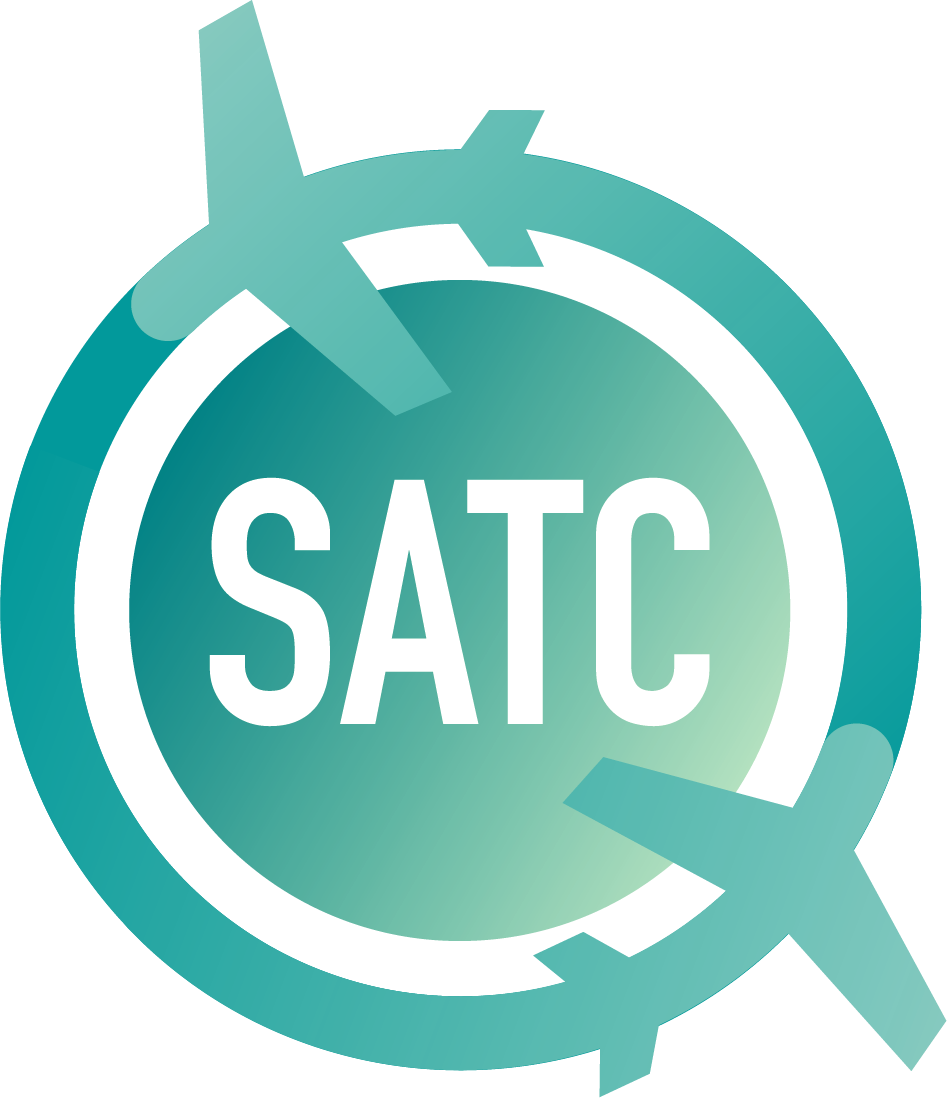OEM’s like General Electrics (GE) and Safran (together through CFM International) and Pratt & Whitney Canada (PWC) have invested in technologies to make their engines cleaner, quieter, and more efficient. The less fuel an aircraft burns, the less impact it has on the environment. This is why the aviation industry is constantly innovating to make aircraft lighter, more aerodynamic and more efficient. Continued innovation means that today’s engines are twice as efficient as those introduced just 20 years ago. GE invests $1.8 billion annually to accelerate technology innovations[1].
The International Air Transport Association (IATA) recognizes the need to address the global challenge of climate change and adopted targets to reduce CO2 emissions from air transport[2].
In this article we not only explore how ongoing advances in aircraft and engine design are helping aviation become cleaner and greener on new designs but also, we will explain how sustainable targets can be applied on maintaining current aircraft and engines as well.
Better fuel efficiency and consequently fewer CO2 emissions per flight can be accomplished by improvements in engine design and in the aerodynamics or building lighter aircraft and weight saving changes. Relentless innovation such as using carbon fiber plastic and other composite materials means that even the largest aircraft are lighter than ever. Continual design improvements (like more efficient engines and making aircraft more aerodynamic) are helping to ensure fewer CO2 emissions per flight.
Many OEM’s implemented initiatives into their sustainability program . Some examples:
- Advances in engine architecture, aerodynamics, and materials developed by GE and Safran Aircraft Engines (through CFM International) have resulted in today’s aircraft engines consuming 40 percent less fuel — and emitting 40 percent less CO2 — than engines manufactured in the 1970s2 and 1980s[3]
- GE Aviation is supporting industry initiatives to approve and adopt 100% Sustainable Aviation Fuel (SAF) and investigating hydrogen as the zero-carbon fuel of the future.
- It is GE’s ambition to be a net zero company by 2050
- GE Aviation and Safran launched a bold technology development program. The CFM RISE3 (Revolutionary Innovation for Sustainable Engines) Program will demonstrate and mature a range of new, disruptive technologies for future engines that could enter service in by the mid-2030s[4].
- Pratt & Whitney Canada’s (PWC) Eco-design program includes considerations that extend beyond fuel consumption to include raw material acquisition, manufacturing, testing, maintenance, and material stewardship at the end of useful life[5].
Since most of these innovations focus on new design aircraft and/or engines, we as SATC would like to contribute by implementing innovations for the repair of the engines and aircraft introduced 20 years ago as well. We support the airline industry by making use of innovative alternate repairs instead of replacing parts (Repair), resulting in less waste and stimulates reuse of the materials. Not only do we prevent waste of high value metal and mineral of aerospace-grade materials, but also the customer will safe on maintenance cost. At SATC we look forward to partnering closely with our customers and their OEM’s on existing and future technologies to help them succeed in meeting their own sustainability ambitions and address the world’s needs for reliable, affordable, and sustainable repairs.
All these changes are just the start. As the industry works to reduce net emissions, we’ll see many more engineering innovations designed to propel us towards a low carbon future. Together, these changes mean that we’re on track to meet bold targets to cut our emissions in half by 2050[6].
Environmental Aviation Organizations:
Aircraft Fleet Recycling Association (AFRA)
Enviro.aero
International Civil Aviation Organization (ICAO)
International Air Transport Association (IATA)
Air Transport Action Group (ATAG)
International Aerospace Environmental Group (IAEG)
[1] GE sustainability report, Executive summary
[3] GE’s future of flight
[4] https://www.cfmaeroengines.com/wp-content/uploads/2021/07/CFM_RISE_Whitepaper_Media.pdf
[5] https://www.pwc.ca/en/company/sustainability/transforming-our-products
[6] https://www.flyaware.com/our-journey/


I was extremely pleased to uncover this web site. I wanted to thank you for ones time just for this wonderful read!! I definitely really liked every part of it and i also have you saved as a favorite to see new things in your blog.